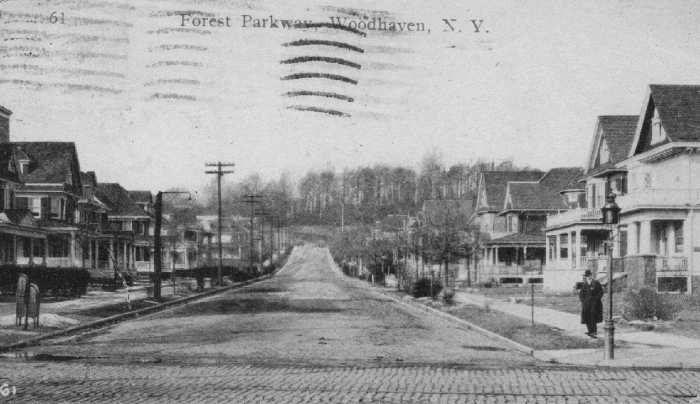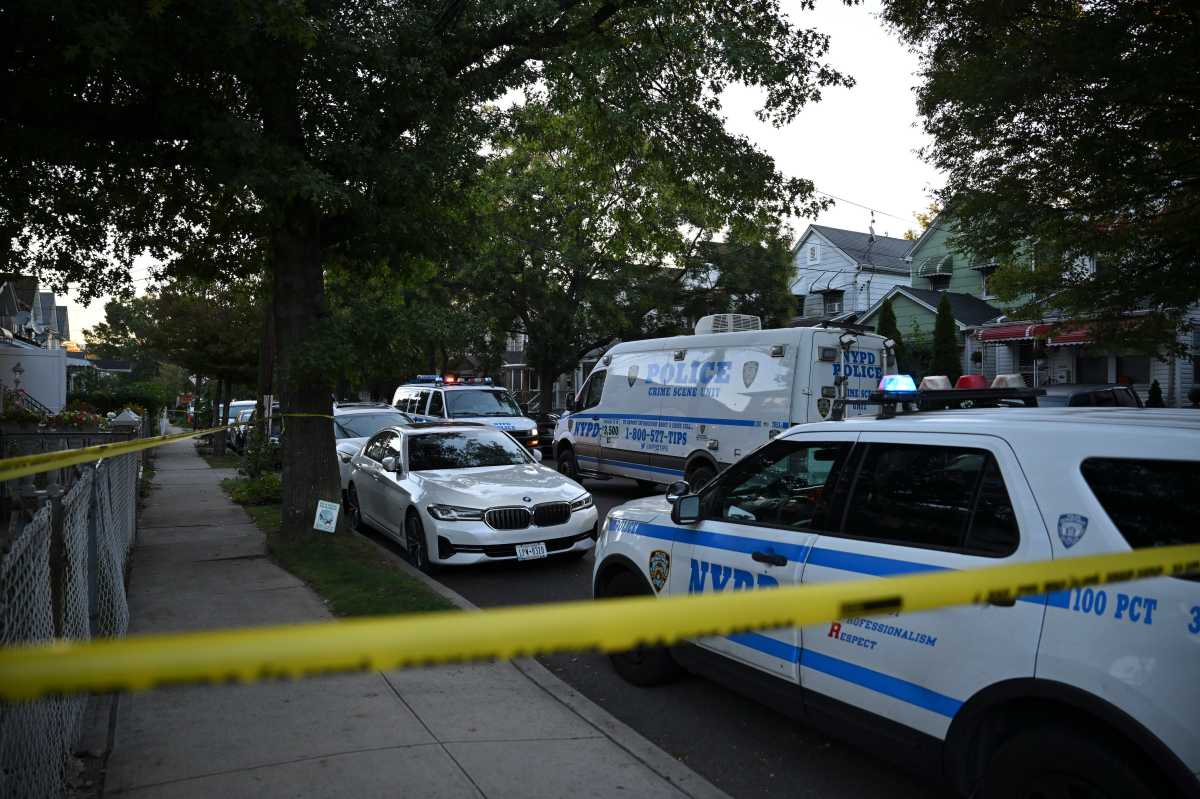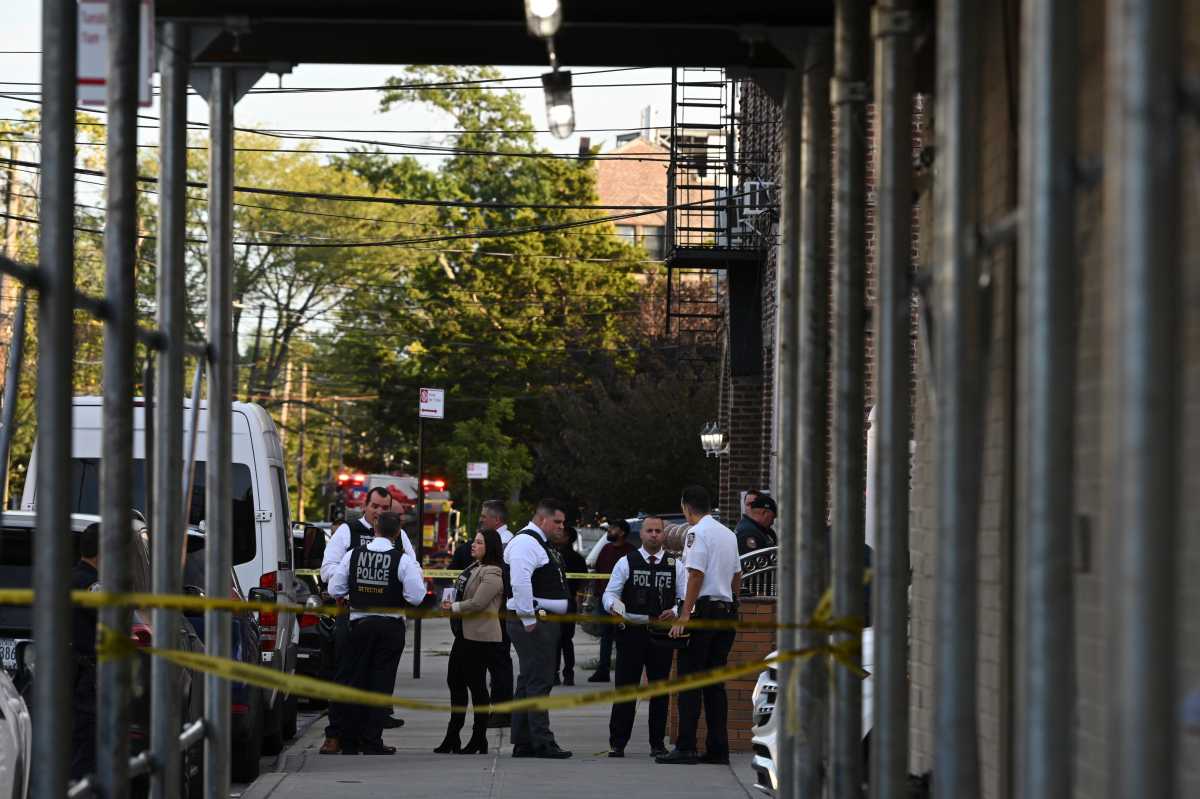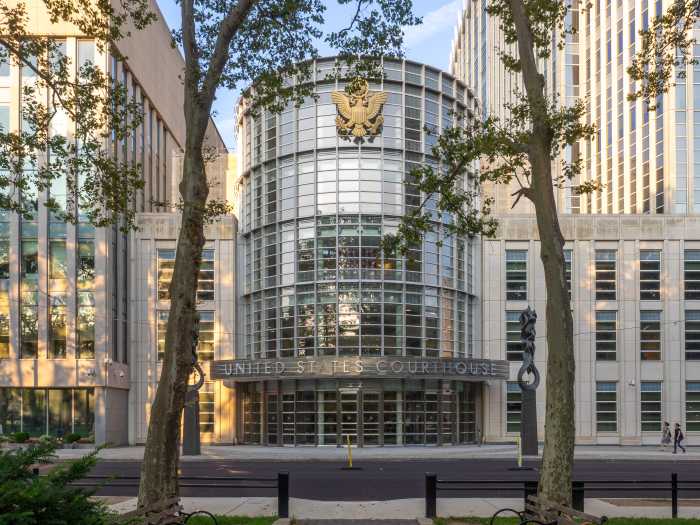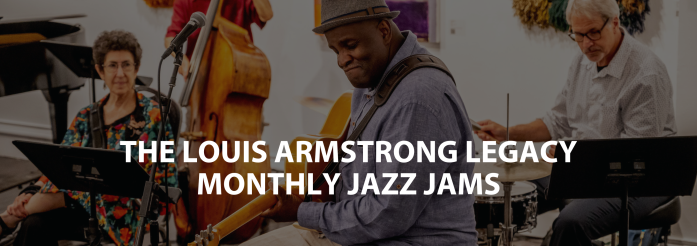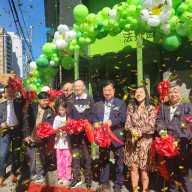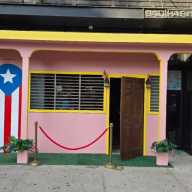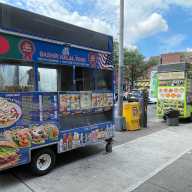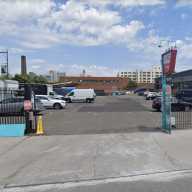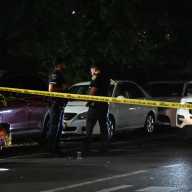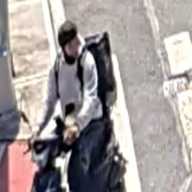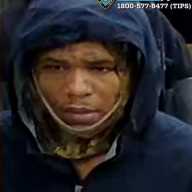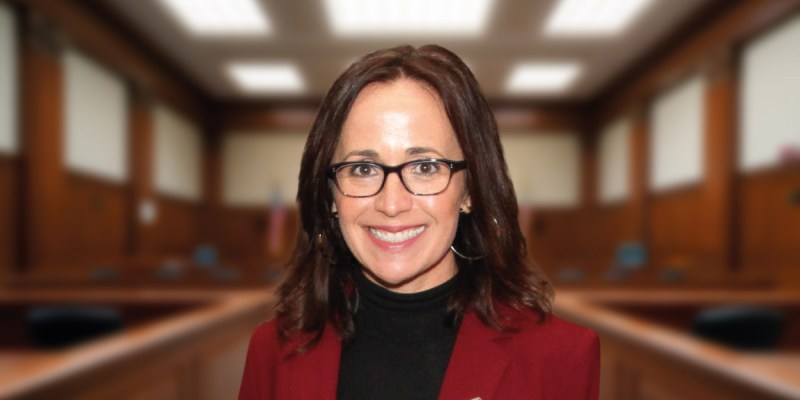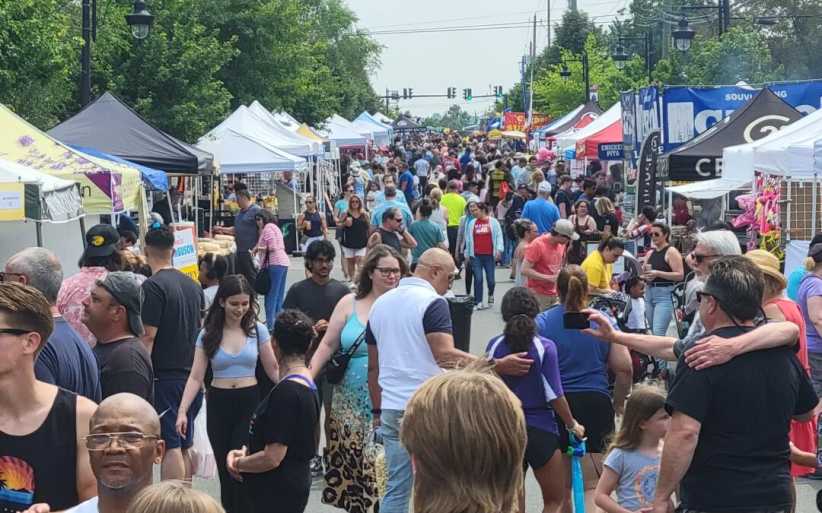Survey From Rego Pk. To Ozone Pk.
Surveys will soon be sent to homes and businesses near the defunct Rockaway Beach branch of the Long Island Rail Road (LIRR) gauging opinions on the future of the longabandoned track, it was announced on Tuesday, June 17.
Assemblyman Phil Goldfeder and the Queens College Office of Community Services are backing the effort, in which questionnaires will be distributed to 5,000 residents and 1,000 businesses along the 3.2 mile right-of-way between Rego Park and Ozone Park.
Participants are asked to submit the completed questionnaires on or before July 18 to provide data and potential impacts, both positive and negative, of a number of redevelopment options under consideration for the former Rockaway Beach branch.
One such plan, called the QueensWay, would transform the line-now naturally reforested after over 50 years of inactivity-into a combined nature trail and bike path similar to Manhattan’s High Line Park. The Trust for Public Land received over $400,000 in state funds last year to conduct a feasibility study for the QueensWay, and proponents have held several public workshops and presentations on the plan in the last year.
But during Tuesday’s announcement, Goldfeder appeared to take a dig at the QueensWay proposal and the fairness of its public review process.
“While some groups are assessing the feasibility of the rail line using tax dollars and expensive consultants that will only result in one-sided studies, we are utilizing local expert resources and educating our students, all while supporting an objective study that will enormously benefit every Queens family,” said Goldfeder. As previously reported, he supports restoring public transportation to the Rockaway Beach branch.
“The survey gives residents and businesses a chance to voice their opinions about the various redevelopment options for the Rockaway Beach branch right-ofway,” added Scott Larson, director and service learning coordinator of Queens College’s Urban Studies Department. “Our hope is to gather a representative sample from all the communities likely to be impacted by any redevelopment and to contribute to conversations about the potential benefits and possible negative impacts of each development option.”
The questionnaire asks participants to describe their transportation needs and modes while also offering opinions on various ideas under consideration, potential costs and quality-of-life impacts on the surrounding community. The data gathered will be presented to community members once it is available, Goldfeder noted.
Though he touted the survey’s independence, the assemblyman expressed confidence that participants will voice their desire to restore rail service to the line.
“There are over 2.3 million local residents in Queens who would greatly benefit from the complete restoration of the Rockaway Beach rail line,” Goldfeder said. “I am confident that any objective study will conclude that a transportation option is the only real choice.”
Formerly linked to the LIRR’s Main Line at the Whitepot Junction in Rego Park, the Rockaway Beach branch was taken out of service permanently in 1962. Part of the line in Ozone Park south of Rockaway Boulevard was incorporated into the subway system; the 3.2 mile remainder was left abandoned.
Goldfeder and other residents in southern Queens and the Rockaways want transit service restored in some capacity on the branch, in part, to reduce commute times to and from Manhattan each day. Many residents living near the line, however, previously opposed any reactivation, fearing negative quality-of-life consequences associated with train activity.
Some residents in Woodhaven, however, expressed a desire to leave the track untouched and unused, with exception to minimal maintenance.

